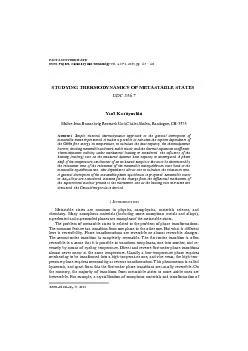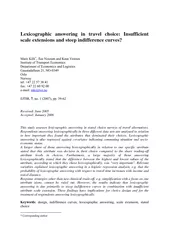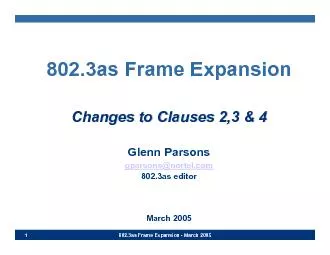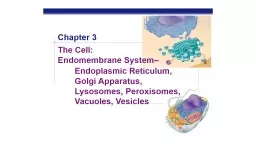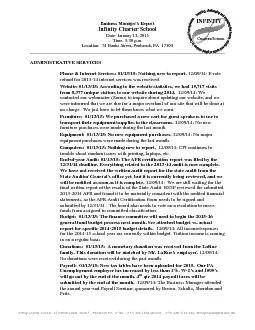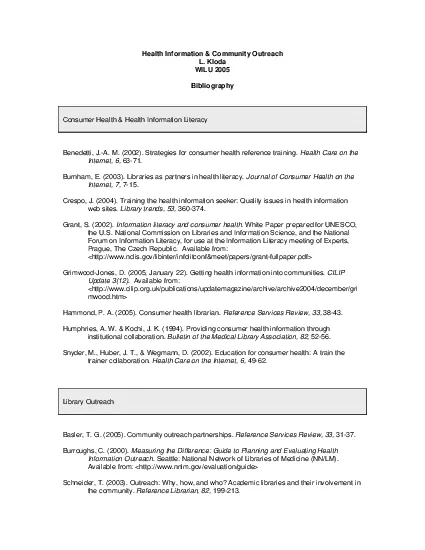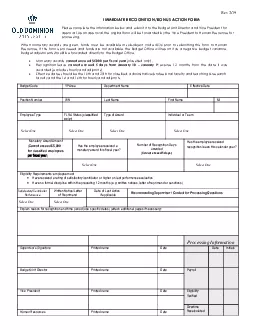PDF-Received January 17, 2005
Author : cheryl-pisano | Published Date : 2015-09-04
Studying Thermodynamics of Metastable States 117 proportional to is the temperature of the absolute instability Thermodynamic instability under mechanical loading
Presentation Embed Code
Download Presentation
Download Presentation The PPT/PDF document "Received January 17, 2005" is the property of its rightful owner. Permission is granted to download and print the materials on this website for personal, non-commercial use only, and to display it on your personal computer provided you do not modify the materials and that you retain all copyright notices contained in the materials. By downloading content from our website, you accept the terms of this agreement.
Received January 17, 2005: Transcript
Download Rules Of Document
"Received January 17, 2005"The content belongs to its owner. You may download and print it for personal use, without modification, and keep all copyright notices. By downloading, you agree to these terms.
Related Documents

